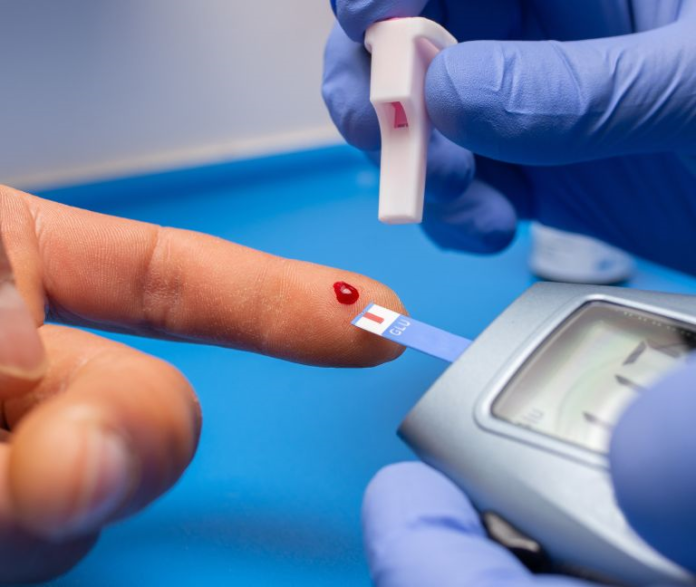Prediabetes is a pivotal health condition characterized by elevated blood sugar levels, yet not meeting the criteria for a diabetes diagnosis. This subtle condition often progresses unnoticed, posing a significant risk, with up to a 50% chance of developing Type 2 diabetes in the coming decade. What makes prediabetes particularly insidious is its typically asymptomatic nature, often lurking undetected for years.
Recognizing risk factors like age, family history, ethnicity, and certain medical conditions is crucial, as is undergoing regular blood sugar checks. Fortunately, many risk factors can be modified through lifestyle changes such as weight management, exercise, and quitting smoking. By addressing these risks, individuals can potentially prevent the onset of diabetes and reduce the likelihood of associated complications like heart disease and stroke.
What are the Causes for Prediabetes?
Prediabetes causes stem from insulin resistance, where cells become less responsive to insulin’s signals. To compensate, the pancreas increases insulin production, initially stabilizing blood sugar levels. However, if unaddressed, this can lead to elevated blood sugar and a prediabetes diagnosis. Recognizing these causes is crucial for early intervention.
- Pancreas & Insulin: The pancreas produces insulin, a hormone that enables cells to utilize glucose (blood sugar) for energy.
- Insulin Resistance: In prediabetes, cells become insulin resistant, responding sluggishly or inadequately to insulin’s signals.
- Increased Insulin Production: To compensate for insulin resistance, the pancreas increases insulin production in an effort to prompt cells to respond.
- Temporary Stability: Initially, the surplus insulin helps maintain normal blood sugar levels.
- Elevated Blood Sugar: As time passes, the pancreas struggles to sustain heightened insulin production, leading to excess glucose lingering in the bloodstream.
- Prediabetes Diagnosis: At this stage, a blood test may indicate prediabetes.
- Potential Progression: If left untreated, prediabetes can progress to Type 2 diabetes, underscoring the importance of early detection and proactive lifestyle changes.
Symptoms of Prediabetes
Take a closer look at the crucial symptoms that serve as significant indicators during the transition from prediabetes to Type 2 diabetes.
- Prediabetes, a precursor to Type 2 diabetes, typically presents without noticeable symptoms.
- Darkened skin patches in areas like the neck, armpits, and groin can be a subtle indicator.
- As it advances to Type 2 diabetes, classic symptoms emerge, including increased thirst, frequent urination, heightened hunger, fatigue, blurred vision, tingling in extremities, susceptibility to infections, slow wound healing, unintended weight loss, and sometimes, darkened skin patches.
Prediabetes often conceals its presence, but vigilance is essential. Darkened skin patches can serve as a subtle clue. When it progresses to Type 2 diabetes, unmistakable symptoms necessitate prompt attention. Regular health check-ups and lifestyle changes are vital in managing pre-diabetes symptoms and causes to prevent the transition to full-blown diabetes.
Write and Win: Participate in Creative writing Contest & International Essay Contest and win fabulous prizes.
















